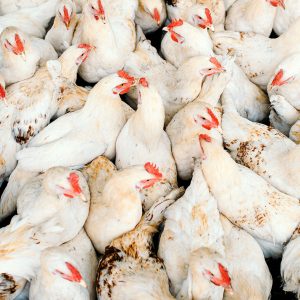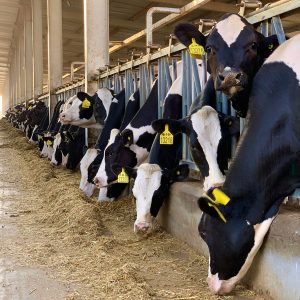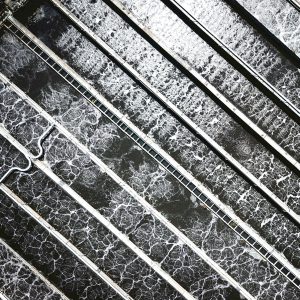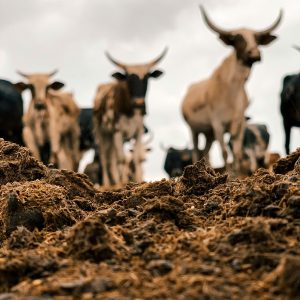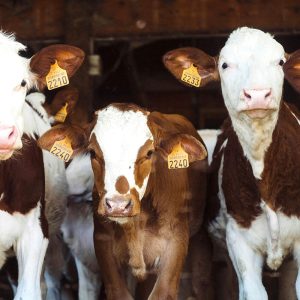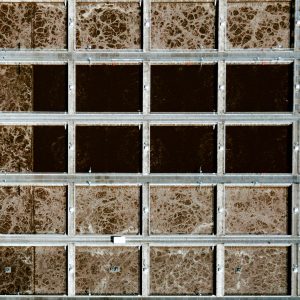This blog post explores a cost-effective bioremediation method employed by YWC Midwest to treat oil-contaminated soil.
- The company successfully treated 7,500 cubic yards of contaminated soil, reducing Total Petroleum Hydrocarbons (TPH) from 59,000 mg/l to under 1,000 mg/l.
- This method significantly reduced costs and time, achieving savings of 50-75% compared to traditional methods.
- The treated material met environmental standards and was reused for purposes like refinery tank farm diking.
What is Bioremediation?
Bioremediation is a process that uses naturally occurring microorganisms to break down hazardous substances into less toxic or non-toxic substances. In this case, YWC Midwest utilized bacteria to digest the hydrocarbons in the oil-contaminated soil.
The Auger Aeration Method:
The key to YWC Midwest’s success was the adaptation of a composting tool – an auger-equipped tractor – for bioremediation. Here’s how the process worked:
- Excavation and Preparation: The contaminated soil was excavated and transported to designated processing sites. The sites were prepared by fine-grading and compacting the existing base material.
- Soil Conditioning: The excavated soil was spread in layers, and lime and fertilizer were added to create optimal conditions for bacterial growth. Rain provided sufficient moisture.
- Bacterial Inoculation: Laboratory-produced bacterial cultures were sprayed onto the soil.
- Auger Aeration: A Brown Bear tractor equipped with a large auger was used to continuously turn and aerate the soil. This action maximized oxygen exposure, promoting the rapid digestion of hydrocarbons by the bacteria.
- Re-use of Treated Soil: The bioremediated soil met environmental standards and was reused for applications like refinery tank farm diking.
Benefits of the Auger Aeration Method:
- Cost-effective: This method resulted in significant cost savings, ranging up to $200 per ton for hazardous soils.
- Time-efficient: Treatment time was reduced by 50-75% compared to other methods.
- Environmentally friendly: The process utilized natural bacteria to break down contaminants, minimizing environmental impact.
- Resource conservation: The treated soil could be reused, reducing the need for imported materials.
The auger aeration method employed by YWC Midwest offers a successful and cost-effective solution for bioremediating oil-contaminated soil. This method highlights the potential of adapting existing technologies for environmental remediation and achieving sustainable solutions.

